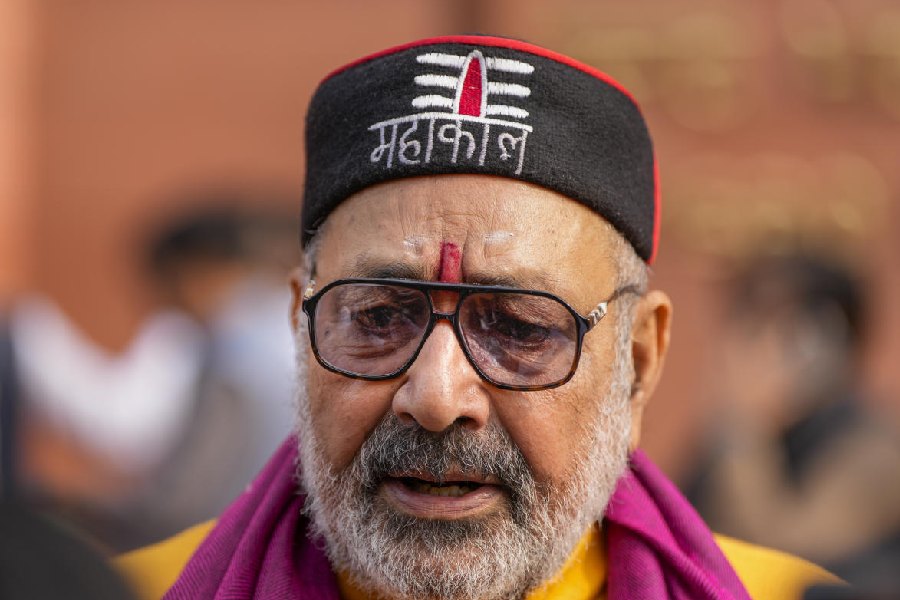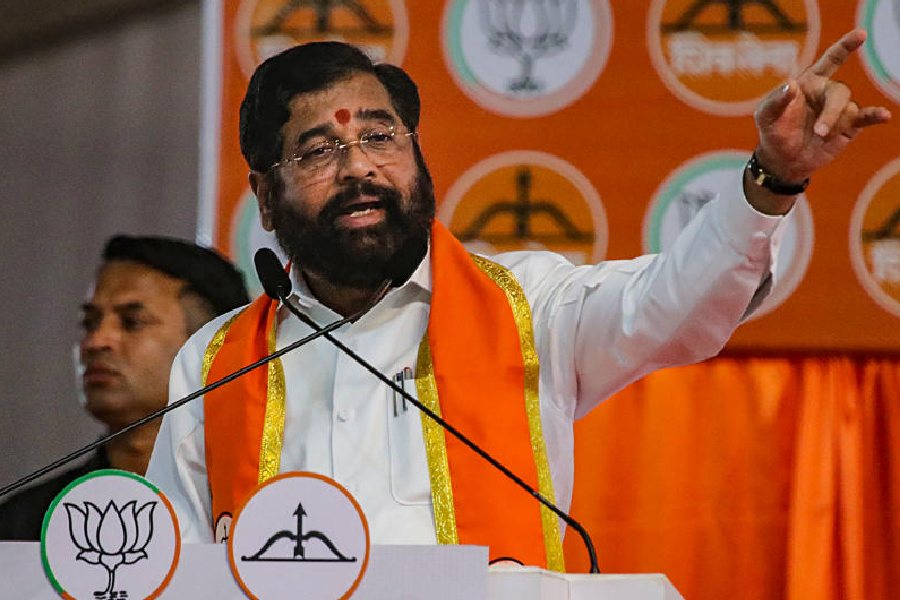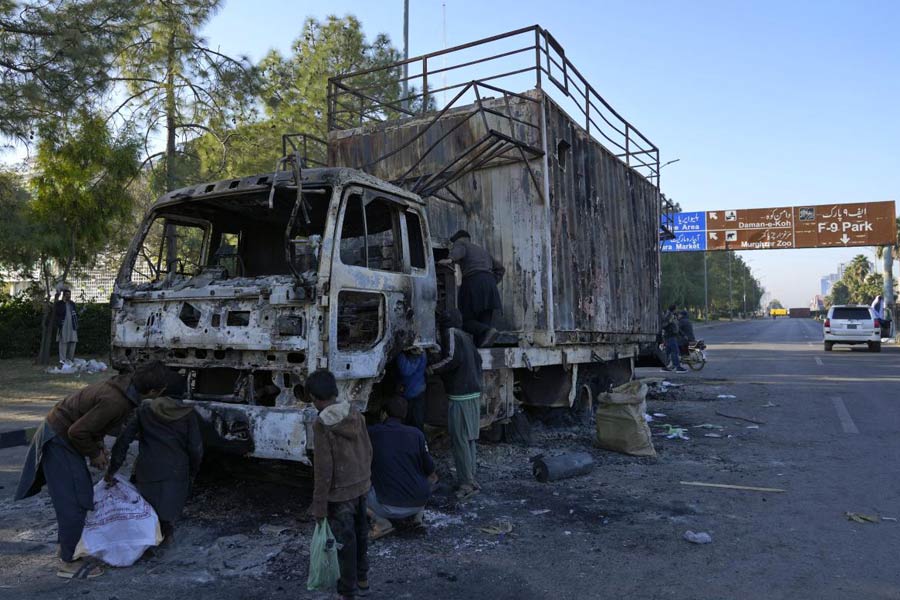Northwestern, central and south-central India are emerging as future heat wave hotspots and could witness a four-to-seven-fold increase in heatwave frequency in mid-term and long-term future, a new government study has found.
The country's south-central region is expected to see the largest increase among the three heat wave-prone zones, the study added.
A study by the Mahamana Centre of Excellence in Climate Change Research under the Department of Science and Technology, analysed future changes in heat wave characteristics over India for mid-term (2041-2060) and long-term (2081-2099) future under the RCP 4.5 and RCP 8.5 emission scenarios respectively.
Representative Concentration Pathways (RCP) are used to capture future trends on how concentrations of greenhouse gases in the atmosphere will change in future as a result of human activities. In the RCP 4.5 scenario, emissions peak during the mid-century and decline at the end of the century, while the RCP 8.5 is the highest baseline scenario in which emissions rise throughout the century.
The study said future projections show a four-to-seven-fold increase in heatwave frequency for mid-term and long-term future under RCP 4.5 scenario, and a five-to-ten-fold increase under RCP 8.5 scenario with an increase in frequency dominating intensity in both scenarios.
“Northwestern, central and south-central India emerged as future heat wave hotspots with the largest increase in the south-central region. This high-resolution regional future projections of heat wave occurrence will serve as a baseline for developing transformational heat resilient policies and adaptation measures to reduce the potential impact on human health, agriculture and infrastructure,” the report said.
In its latest World Energy Outlook, the International Energy Agency said India will see the largest energy demand growth of any country or region in the world over the next three decades.
India's demand for electricity for running household air conditioners is estimated to expand nine-fold by 2050 and will exceed total power consumption in the whole of Africa today, the IEA said on Tuesday.
It projected India's energy supply to rise from 42 exajoules (EJ) in 2022 to 53.7 EJ in 2030 and 73 EJ in 2050 under stated policies scenarios and 47.6 EJ by 2030 and 60.3 EJ by 2050 as per announced pledges.
Except for the headline, this story has not been edited by The Telegraph Online staff and has been published from a syndicated feed.










